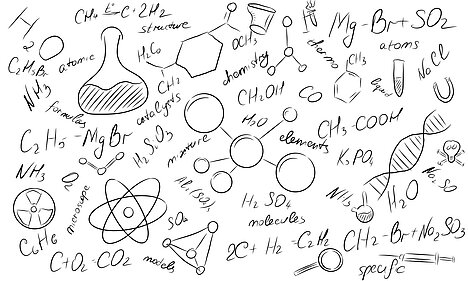Pentasodium phosphate

Pentasodium phosphate is an additive that is contained in some dog foods. But what is it and how does it affect your dog? In this article, you can find out more about this ingredient and its advantages and disadvantages.
What is pentasodium phosphate?
Pentasodium phosphate (also known as sodium tripolyphosphate or E 451) is a colorless sodium salt of the anion triphosphate. It has the molecular formula Na5P3O10 and is a hygroscopic, white, odorless, non-flammable solid that is easily soluble in water. Its aqueous solution has an alkaline reaction.
Pentasodium phosphate is used in industry as a complexing agent, water softener, emulsifier, stabilizer or dispersant. It is found, for example, in detergents, dishwashing detergents, toothpastes and foodstuffs.
Why is pentasodium phosphate in dog food?
Pentasodium phosphate is used as an additive in some dog foods to achieve various effects. On the one hand, it can help to prevent or reduce tartar. Tartar is caused by the build-up of calcium salts from saliva on the teeth. Pentasodium phosphate forms stable and water-soluble complexes with the calcium in saliva, which do not adhere to the teeth. Pentasodium phosphate can therefore promote your dog's dental health.
On the other hand, pentasodium phosphate can improve your dog's intestinal flora. Pentasodium phosphate promotes the growth of beneficial bacteria in the gut that produce short-chain fatty acids. These fatty acids lower the pH value in the intestine and inhibit the growth of harmful bacteria. Pentasodium phosphate can therefore support your dog's digestion and strengthen the immune system.
What are the disadvantages of pentasodium phosphate in dog food?
Pentasodium phosphate is not harmless for your dog. It also has some disadvantages that you should be aware of. For one, it can lead to increased sodium intake, which can be harmful to some dogs. Sodium is important for your dog's water and electrolyte balance, but too much of it can lead to high blood pressure, heart problems or kidney failure. Dogs with kidney or heart disease in particular should not be fed food with a high sodium content.
On the other hand, pentasodium phosphate can interact with some medications and influence their effect. For example, it can reduce the absorption of tetracyclines (a group of antibiotics) in the intestine and thus reduce their effectiveness. If your dog is on medication, you should always ask your vet whether or not you can give him food containing pentasodium phosphate.
Pentasodium phosphate is an additive in some dog foods that can have both advantages and disadvantages. It can help to prevent tartar and improve the intestinal flora. However, it can also provide too much sodium or interact with medication. Therefore, you should always read the label of the food and stick to the recommended feeding amount. If you are unsure whether pentasodium phosphate is suitable for your dog or not, you can also consult your vet.
If you notice any signs of hypersensitivity or poisoning in your dog, you should see your vet immediately. We are not a substitute for a vet, but we try to be as accurate as possible. Every dog reacts differently and we recommend you get a second opinion or consult your vet if in doubt.
Stay healthy and take good care of your four-legged friend!😊